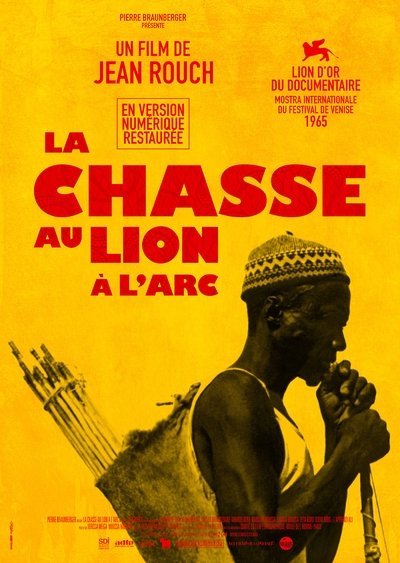The Lion Hunters
Genres
Documentary
OverView
Etnographic documentary about lion hunting in Africa.
Others
Budget
$--
Revenue
$--
Status
Released
Original Language
French
Runtime
88 mins
Rating
5.708/10
Release Date
15 October 1966
Country
France

Documentary
Etnographic documentary about lion hunting in Africa.
Budget
$--
Revenue
$--
Status
Released
Original Language
French
Runtime
88 mins
Rating
5.708/10
Release Date
15 October 1966
Country
France

Hunter

Hunter

Hunter

Hunter

Hunter

Hunter